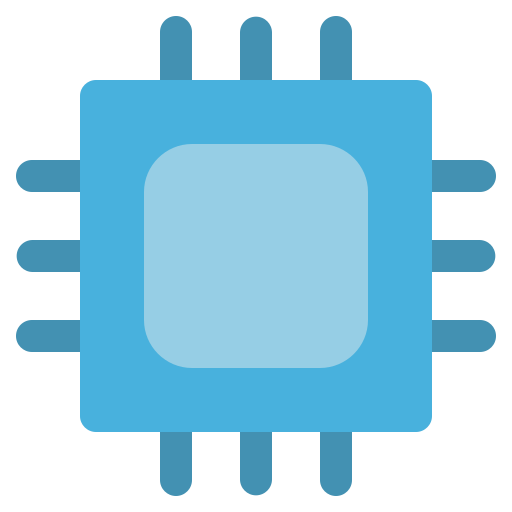

I don’t disagree, but Windows’ built in screen casting is hard to find and clunky to use. Linux is even worse off. Until earlier this year there was no real support from any Linux desktop environment. There’s a GNOME project that’s supposed to be putting together support. It was announced to ship with GNOME 46, but I’m not a GNOME user so I just tried to install the flatpak on my Kubuntu machine. It detects my TV but fails to connect with it. Definitely still needs work.















Every episode seems to have one joke that really gets me. In this one it was Mariner stopping mid exclamation to make sure she correctly named the platonic solid that’s about to eat her.